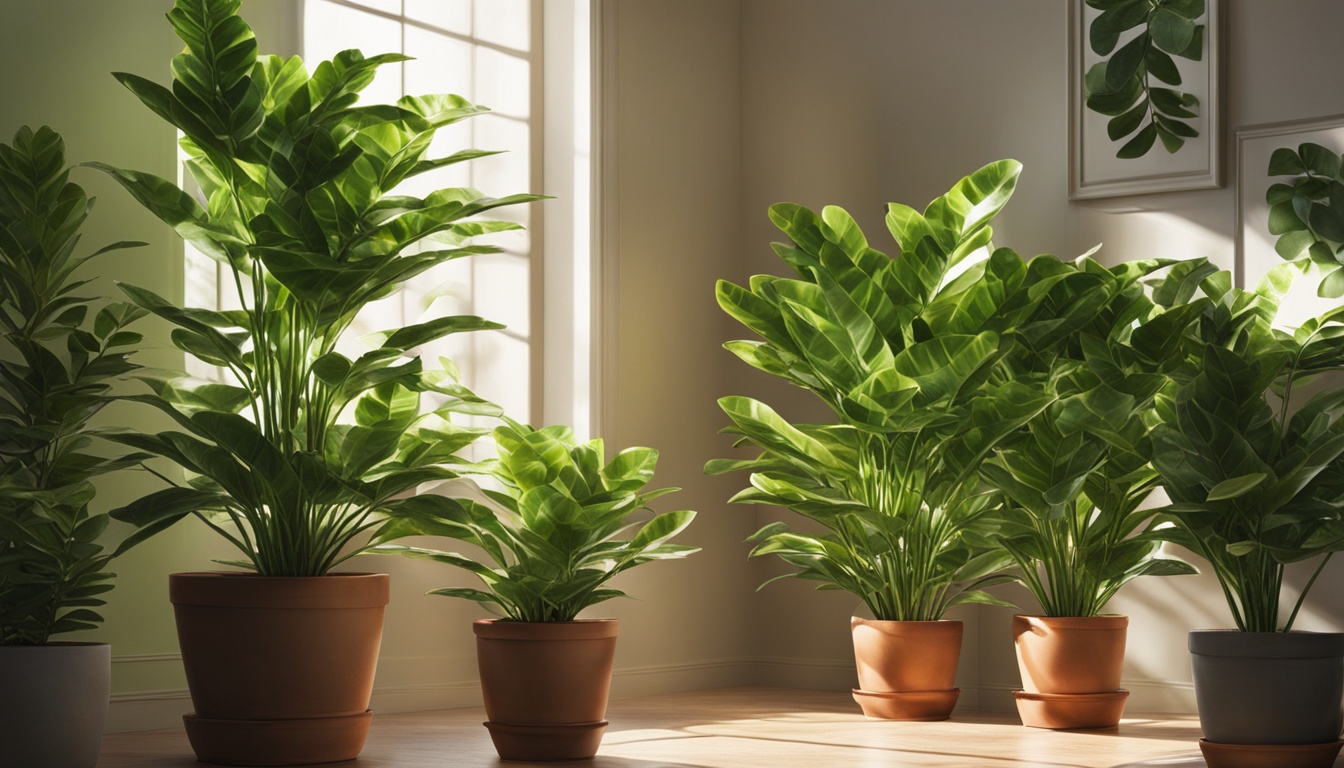Ground covers are the unsung heroes of your garden, spreading out to cover soil that weeds would love to take over.
Pick from the best weed-fighting plants to keep your garden looking its best!

Plants That Help Keep Weeds Out of Your Garden
1. Creeping Phlox

Looking to add a pop of color to sunny, well-drained spots in your garden? Creeping phlox (Phlox subulata) is your go-to ground cover!
Growing just 4 to 6 inches tall, this vibrant plant thrives in USDA Plant Hardiness Zones 3 through 9. Come mid-spring, it bursts into bloom with stunning flowers in shades of pink, white, and purple.
Once it’s settled in, creeping phlox is a champ at handling drought. Plant them about 12 inches apart, and use mulch to fend off weeds until they take over the ground with their beautiful blooms.
2. Hardy Plumbago

Meet hardy plumbago (Ceratostigma plumbaginoides), also known as leadwort. This ground cover spreads out gracefully via underground rhizomes, forming a lush mat of foliage. It loves a spot with morning sun and some shade during the hottest part of the day.
Ideal for USDA zones 5 through 9, hardy plumbago thrives in well-drained soil. If you’re in zone 5, a bit of mulch can help it survive the winter.
As a bonus, this plant puts on a stunning show in late summer and early fall, with deep blue flowers topping 8- to 12-inch-tall stems.
Come fall, its foliage transforms into a fiery orange-red.
3. Gro-Low Sumac

Got a spacious area that needs a little love? Check out Gro-Low Sumac (Rhus aromatica).
This robust shrub can cover 6 to 8 feet across and grow 2 to 3 feet tall, so you won’t need many to fill up a large space. It’s tough as nails, thriving in USDA zones 3 through 9 and adapting to various soils and light conditions, from full sun to part shade.
Perfect for those tricky steep hillsides where mowing is a challenge, and a big plus—deer usually steer clear of it!
4. Bugleweed

Looking for a versatile ground cover that makes a bold statement? Meet bugleweed (Ajuga reptans). This low-growing champ quickly spreads to form dense mats of foliage, making it perfect for covering ground fast.
Thriving in USDA zones 4 through 9, it’s adaptable to both sunny spots and shady corners.
Bugleweed comes in a range of leaf colors, including the striking ‘Black Scallop’ variety with nearly black foliage. Come mid- to late-spring, it produces lovely blue flowers that you can trim for a neater appearance.
Plus, it can handle light foot traffic, making it ideal for planting around stepping stones. And the best part? Deer and rabbits usually leave it alone.
5. Sedum

Got a dry, sunny spot in your garden? Sedum might be just what you need! Known as stonecrop, Sedum spurium thrives in these conditions and is a fantastic choice for keeping weeds at bay.
Hardy in USDA zones 3 through 8, these low-growing plants are both rabbit- and deer-resistant.
They add a splash of color with their blooms, which you can either trim after flowering or leave to enjoy.
Can’t pick just one variety? Opt for a sedum mat, which features a mix of different types to give your garden a dynamic and varied look.
6. Groundsel

If you’re looking for a native ground cover, Kathy Jentz, author of Groundcover Revolution, recommends groundsel (Packera aurea), also known as butterweed, golden ragwort, or senecio. This plant forms a dense, attractive groundcover with its lush basal foliage.
In spring, groundsel dazzles with yellow flowers perched on 12- to 24-inch stems. To keep it from popping up where you don’t want it, Jentz suggests removing the spent flowers.
Hardy in USDA zones 3 through 8, groundsel thrives in moist soils and does well in shade or part sun.
7. Lamium

If you’re looking to liven up shady spots in your garden, give Lamium maculatum a try. This plant is known for its eye-catching variegated foliage and its charming white or purplish-pink flowers that shine in the shade.
Lamium is both deer and rabbit-resistant, and once it’s settled in, it can handle drought and heat like a pro.
Growing in USDA zones 4 through 9, it’s not picky about soil, making it a low-maintenance choice for adding some color and texture to those darker corners of your garden.
8. Barrenwort

Add a touch of magic to your shaded garden with barrenwort (Epimedium grandiflorum), also known as bishop’s hat or fairy wings.
These whimsical names hint at the unique shape of their flowers, which bring a special charm to your garden.
Barrenwort grows low to the ground, typically under 12 inches tall, and spreads gracefully via rhizomes. Hardy in USDA zones 5 through 9, it’s a versatile choice that thrives in shade.
You can choose from various varieties based on your favorite flower or leaf colors to perfectly complement your garden’s look.
9. Sweet Woodruff

Looking for a ground cover that’s a true powerhouse? Sweet woodruff (Galium odoratum) is known for its weed-choking abilities, quickly filling in shady or part-shady areas with its lush growth.
This hardy plant, suited for USDA zones 4 through 9, can take over large spaces, so make sure to give it plenty of room.
In spring, it delights with small, delicate white flowers. If you have a friend growing sweet woodruff, there’s a good chance they have plenty to share, so don’t hesitate to ask!
10. Trailing Lantana

For a vibrant, butterfly-friendly ground cover, trailing lantana (Lantana montevidensis) comes highly recommended by Noelle Johnson, author of Dry Climate Gardening. Thriving in USDA zones 9 through 11, this fast-growing plant excels in creating stunning mass plantings.
Its clusters of purple flowers will draw butterflies from spring through fall, and it’s typically left alone by deer and rabbits.
To keep your trailing lantana looking its best, Johnson suggests giving it a severe pruning every other spring to rejuvenate its growth.



